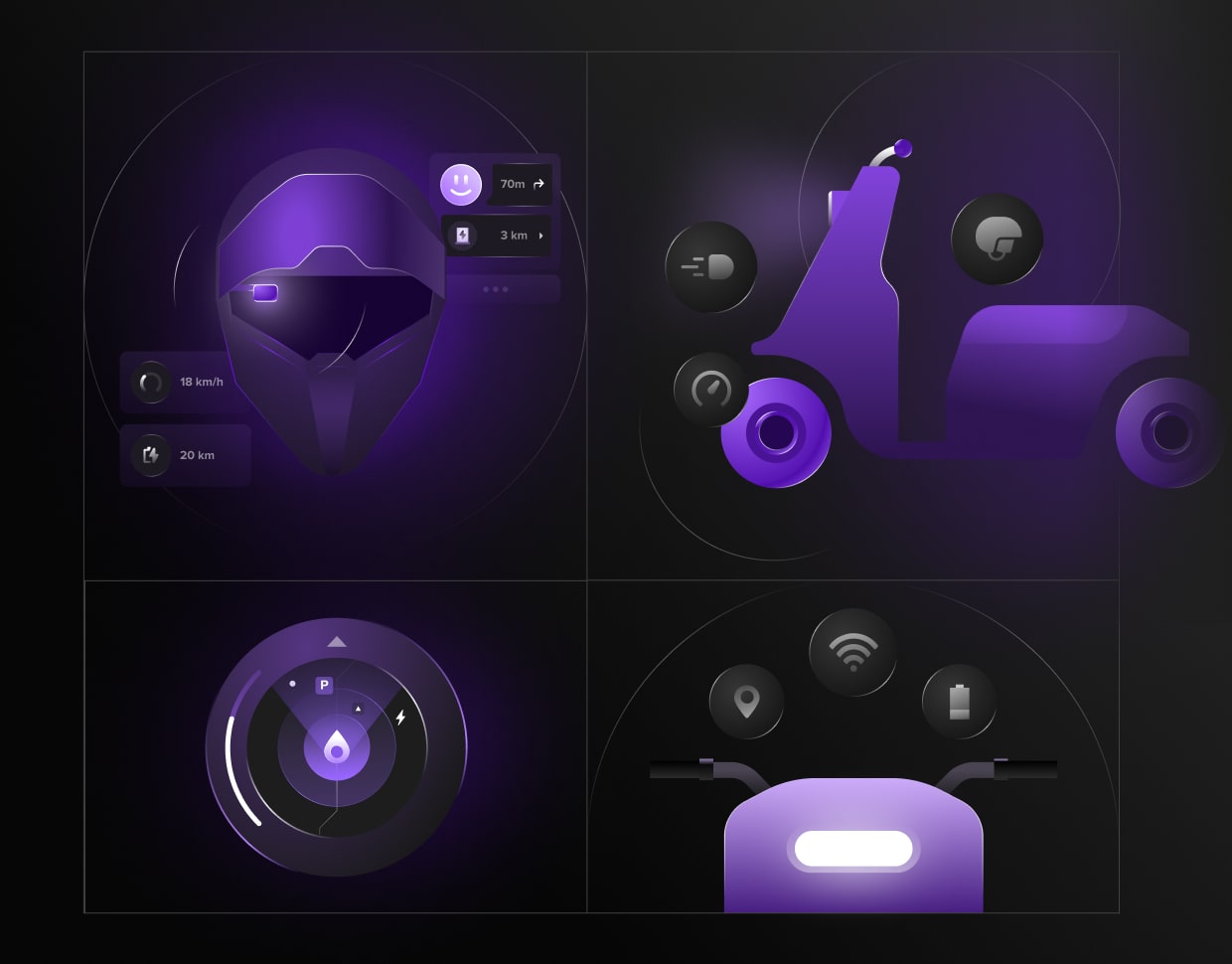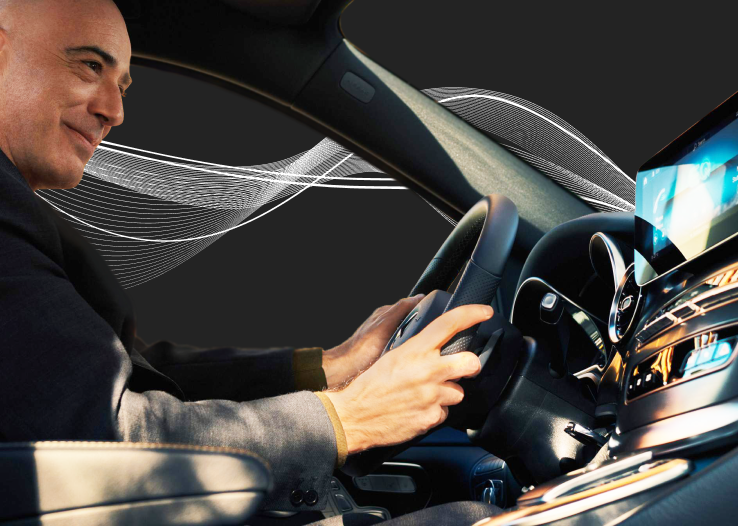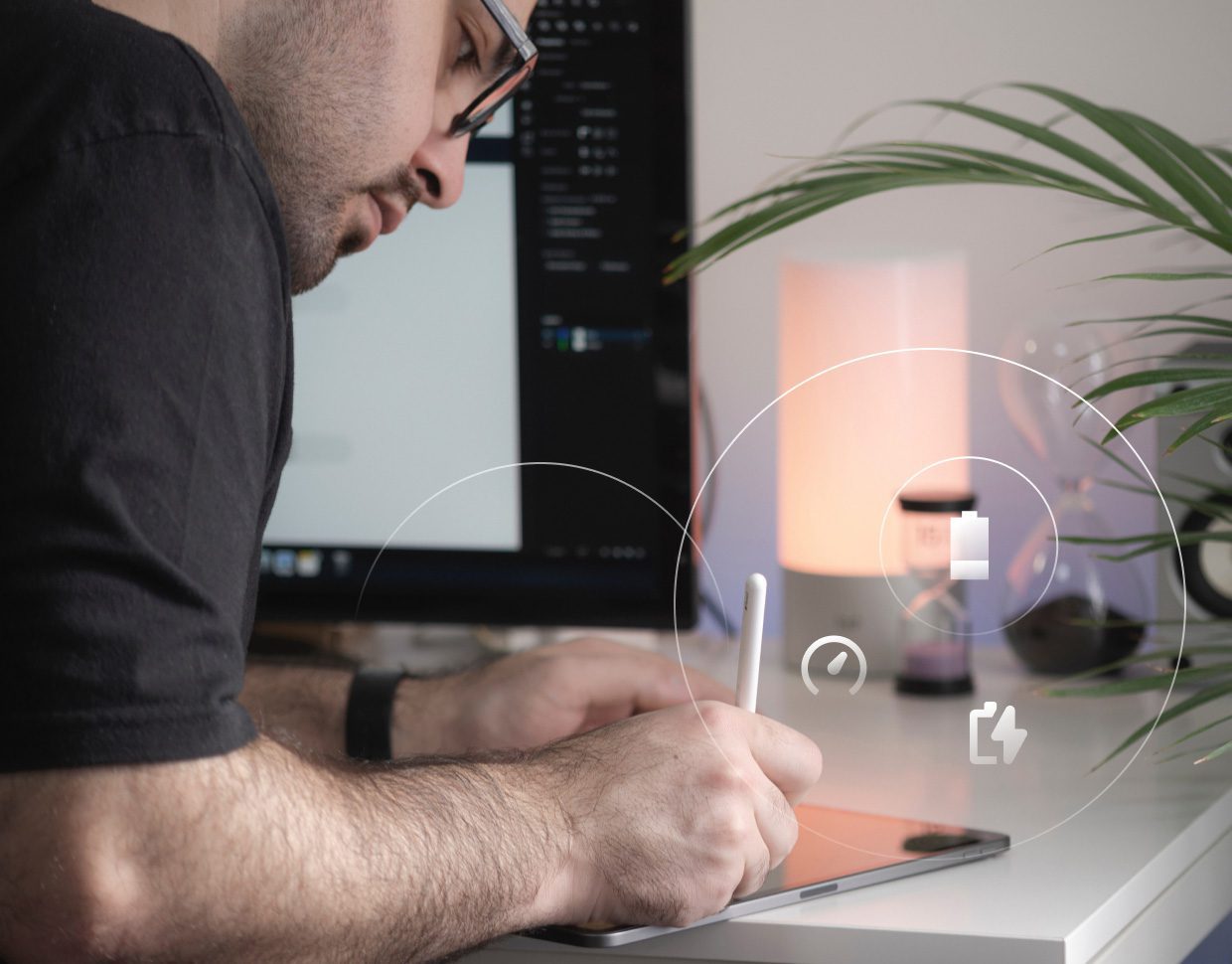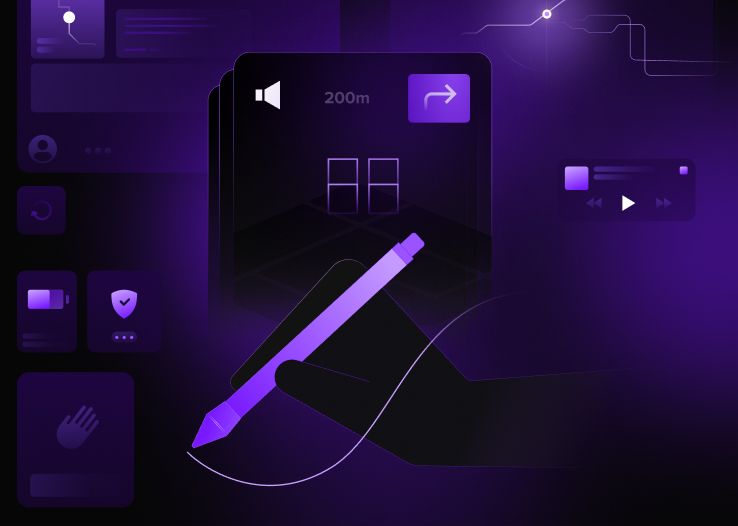In-vehicle infotainment systems deliver entertainment and information to users through audio and video interfaces and control elements that enhance their experience. Today’s in-car entertainment has notable comparisons to smartphone designs. But, despite the similarities, the mobile UX with its icon grid and touchscreen does not work well in the vehicle environment. This article explores the relationship between infotainment and pre-iPhone smartphones, as well as the potential of voice to improve the in-vehicle user experience.
Comparison to the original handset
The in-vehicle infotainment unit of today is where the handset industry was in 2006. Even then, the idea of a mobile device that could do more than voice and text had been around for a long time, but it was not being used to its full capacity.
While there was a smartphone market, penetration was low and limited mainly to the more technologically-literate segment. Even those tech-minded users, though, were confined to using voice and text in games as there was little else to easily do with the devices.
Apple initiated changes, and in-vehicle users need a change too
It was a big moment when Apple forced the industry to throw away the shackles of legacy to embrace the new and unknown. Only then was the smartphone able to come of age. Something similar will likely happen in the automotive industry, which is somewhat stuck in the notion that the in-vehicle user experience must mirror the mobile phone experience.
When Apple launched the original iPhone, it took a considerable risk in departing from the tried and tested design of a smartphone as a phone first and a computer second. The stress on the computer element meant that every device required a physical keyboard and was operable with one hand.
These two features were the hard and fast rule for smartphone success until Apple turned the market on its head. Any model that launched without these features failed miserably in the pre-iPhone age.
Learning from what makes the smartphone successful
An analysis of what made the iPhone popular is useful as a starting point for what needs to happen with the in-vehicle user experience. When comparing the iPhone with Nokia’s most successful smartphone, it quickly becomes clear that the only place the N95 fell drastically short was on the user experience. The N95 excelled in terms of third-party apps and Symbian, another Nokia model, was free of significant software fragmentation.
In the automotive industry, Star sees a very similar pattern. To put it succinctly, the current state of digital in the vehicle is where Symbian (and Microsoft) smartphones were in 2006.
In automobiles, the primary digital interface is the infotainment unit. Instrument clusters and other screens are secondary to the infotainment system as they often display the same information in a manner dictated by the main unit.
Comparing the OEM with Apple and Google’s user experiences shows a similar pattern to that of Nokia in 2007.
Currently, there is no clear idea in the automotive industry of the best way for the driver to interact with Digital Life services. A major flaw is an overarching assumption that replicating the smartphone will be good enough.
The problem is that the user experience of all infotainment units appears to hinge on a design that the rules for the smartphone also apply to the car. However, they are two very different experiences.
Clearly, the issue is the uniqueness of the in-vehicle context in contrast to the mobile phone. For example, the distance between the user and the screen is much greater in-vehicle than when using a smartphone in everyday environments like home and work. Also, the user’s eyes must be on the road most of the time, rather than staring at a screen for long periods.

Mirroring the smartphone: a design flaw in the automotive industry
Given these differences, it is clear that replicating the smartphone user experience does not and will not work well in a vehicle. Thus, the adoption of new services in cars is extremely slow.
We argue that a different approach to interacting with the driver is necessary to improve the user experience. Of the current contenders, the most promising feature is voice, although it also has problems.
A new approach must overcome the challenges of voice
As long as humans remain responsible for driving, there will be significant limitations on the man-machine interface because the driver’s attention must stay on the road. The primary sense required for the road is sight, which means that the leading ways to interact with Digital Life services remain voice and audio.
However, voice is not without limitations. It is an ideal method for interaction in-vehicle, but its utility is still constrained in comparison to using screen and touch for communicating with the user.
This limitation occurs because the medium of sound relays far less information than is possible visually. The old saying that a picture is worth a thousand words accurately illustrates the problems of limiting the communication between man and machine to only audio.
However, it is worth noting that between humans it is possible to convey vast amounts of information through the medium of conversation. This element is clearly missing when using voice to interact with machines.
Advancements in voice recognition
Improvements in voice recognition and natural language processing have significantly increased machine accuracy at converting speech into text. Before that, machines had difficulty recognizing the words spoken, let alone deriving any meaning from them.
Hence, voice interaction with a device was a slow and frustrating experience whereby most users would try it once and revert to a keyboard. Today, voice recognition is much more accurate, which makes speaking a reliable and easy-to-use method of text input into a machine.
Unfortunately, to meaningfully enhance the human-machine interface in the automobile, voice recognition needs to improve significantly beyond mere recognition. It must evolve into understanding.
AI and the future in-vehicle user experience
This is where artificial intelligence (AI) comes in. To be more useful, the machine has to understand and respond as if the user was talking to another human.
Today, unfortunately, this is very far from the case. Even the best digital assistants have deep limitations in what they can understand, even though they can accurately identify almost every word spoken.
After conquering this obstacle one day, there is an opportunity for substantial usage of voice in cars. It is the lead contender to propelling-vehicle usage.
It is possible, though, that autonomy may come first. This advancement would render efforts in this direction moot.
Unlocking automotive innovation excellence with Star
The innovation departments of many of the world’s most well-renowned OEMs have drawn on Star’s Automotive & Mobility expertise in co-creating their digital services. Over the last 12 years, we have had a hand in co-creating cutting-edge experiences that are now familiar to drivers around the world. We have helped build prototypes that influence the development and direction of crucial strategic initiatives.
Image source: Here360





